Liriope Solves Many Problems
This is my kind of plant. It’s not flamboyant. It’s neat and it’s well-mannered. It plays well with its neighbors, and it seldom asks any special favors. It’s just a great plant to have in our landscapes.

I said all of that in the singular “it’s,” but there are actually dozens of types of liriope in the market today. As I often do, I’m just going to jot down the highlights.
What you need to know about Liriopes…
Scientific name: Liriope muscari
According to the Missouri Botanical Gardens website, genus name refers to Liriope, the mother of Narcissus, and the species name means “with flowers resembling grape hyacinth” (Muscari).
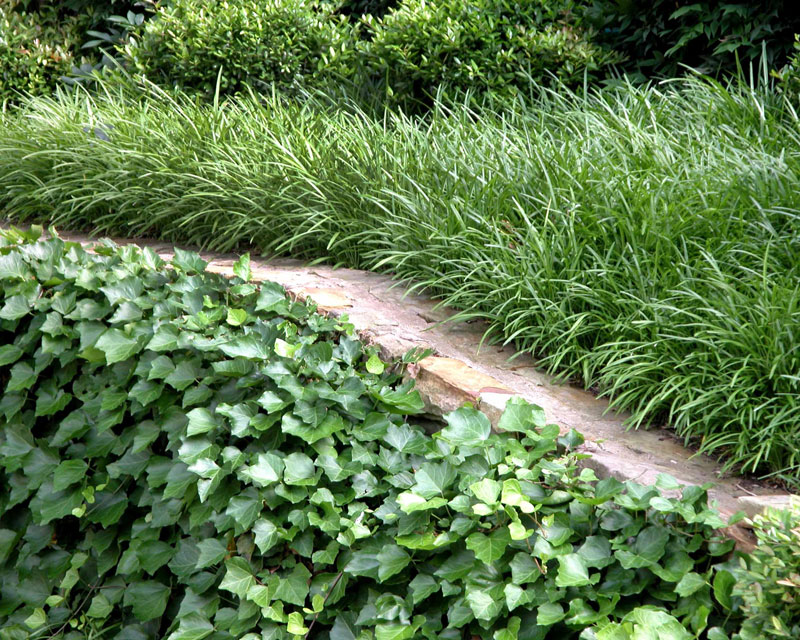
Common names: Liriope, lilyturf
Note that it has a grass-like appearance, but it is in the family Asparagaceae. It does not stand pedestrian traffic well at all.
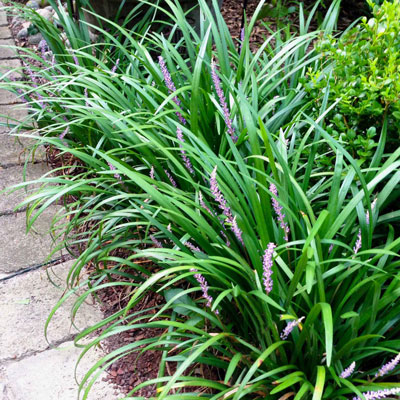
Do not confuse liriope with its finer-textured, smaller-leafed cousin mondograss (Ophiopogon japonicas)
Native home: Southeast Asia, including China, Taiwan and Japan
Height: 12 to 18 in.
Width: 10 to 15 in. Liriope muscari is more clump forming. L. spicata spreads aggressively and is best used as a groundcover.
Flowers: Lavender or white, in spikes to 15 to 28 in.
Bloom time: July and August
Flowers are followed by pea-sized dark fruit along the flower stalks.
Exposure: Shade to morning sun, full sun in better settings in East Texas
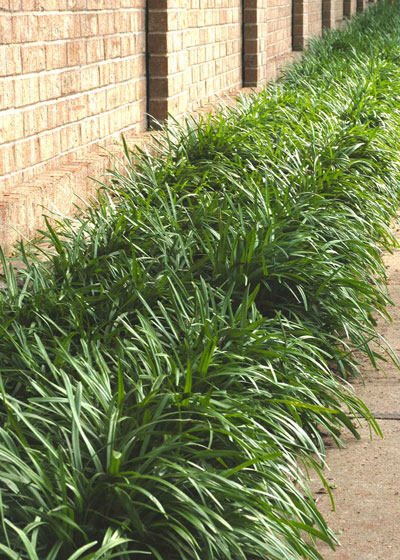
Landscape uses: Bed edgings, groundcovers, alternative to low shrubs in limited spaces, source of color in shade.
Soil preference: Highly organic and consistently moist
Hardiness Zones: 6-10 (all of Texas)
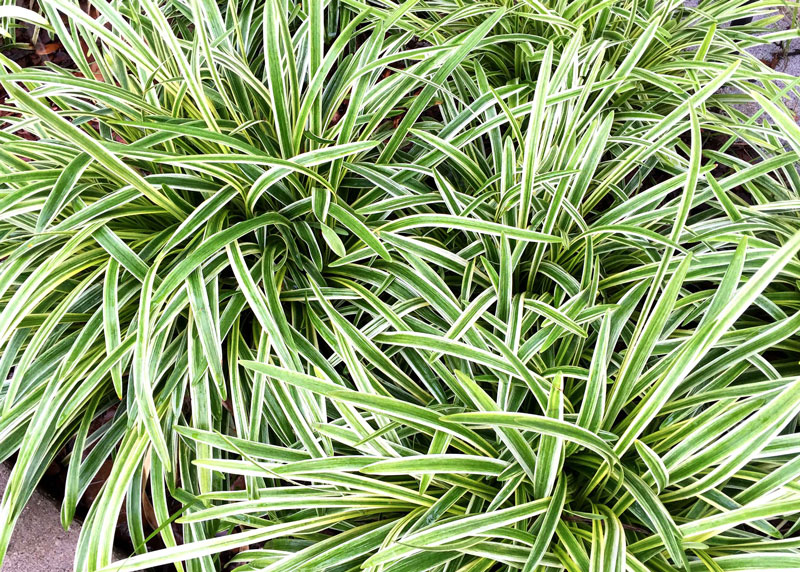
Care tips: Prune to remove browned leaves in January or early February (before any new growth begins). You do not want evidence of trimming, or you’ll have to look at it the rest of the growing season.
Watch for crown rot. Remove infected plants immediately and work to improve drainage in bed.
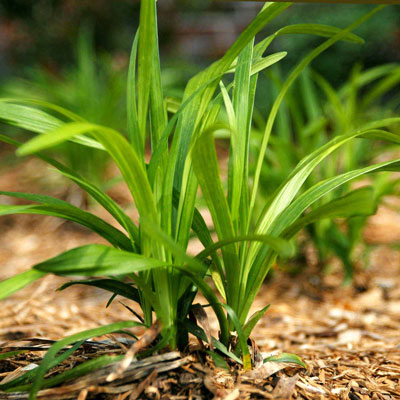
Propagation: By division. Anytime, but late summer and fall are ideal.
